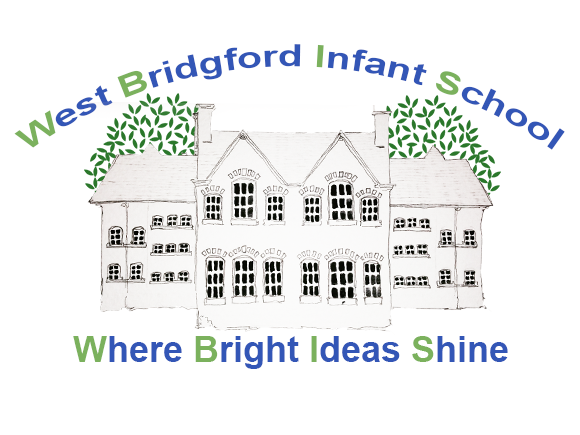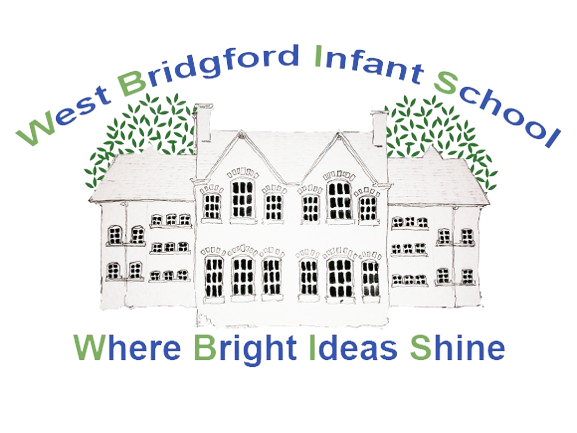Art

West Bridgford Infant School Art Vision
We want to provide our children with an art and design curriculum which is engaging, inspiring, challenging and fun. Our aim is to provide our children with opportunities to explore and develop their skills and creativity using a wide range of media and techniques. Through our art and design curriculum, we want to nurture the children’s cultural and spiritual development, their understanding of the world around them and their mental health and well- being.
Intent
We plan a knowledge based curriculum which is sequential and builds on prior
learning. It follows the National Curriculum and the Early Years Foundation Stage Statutory Framework which is supported by Development Matters in the Early Years. Our planning also takes into consideration our school’s ‘Shine Brightly’ themes. These teach the children the knowledge and skills they need to become confident, curious and resilient learners, who always persevere and can work independently and as part of a team. They encourage them to think and express themselves creatively.
Implementation
Art is taught in termly blocks which focus on developing skills in either drawing, painting, 3D, collage or printmaking. These skills are linked to the termly topic to make them more meaningful and have clear end points to ensure progression across the year groups. Each term children are introduced to different artists/craft makers/designers from a range of cultures, from both the past and present who will inspire them. New skills are modelled and children are given time to practice and embed their learning. Children are given opportunities to experiment with the use of colour, texture, form, line, shape, pattern and different materials whilst exploring, designing and making products. They work alone and in groups on different scales. Time is given to reflect, share ideas, experiences and imagination and to discuss the techniques and processes that they have used.
Art Impact
We ensure that children at West Bridgford Infant School are equipped with art and design knowledge and skills that will enable them to be ready for the curriculum at Key Stage 2.
We measure the impact of our curriculum in the following ways:
- Continual assessment of the children's work through questioning, giving them opportunities to reflect, share and discuss ideas and progress.
- Observing their enthusiasm in communicating ideas, practicing techniques and their willingness to develop their ideas, personally and in a group.
- Observing the children to see if they are able to take creative risks in experimental work and whether they are progressing in their ability to use materials imaginatively and with increasing care, skill and confidence.
- Giving them opportunities to discuss past topics to assess and embed their learning.
- Work scrutiny by the subject leader in order to monitor the content of teaching and quality of work.
- Children in the EYFS are formally assessed against the ELG ‘Expressive arts and design' at the end of the year.
National Curriculum Key stage 1 Pupils should be taught:
· to use a range of materials creatively to design and make products.
· to use drawing, painting and sculpture to develop and share their ideas, experiences and imagination.
· to develop a wide range of art and design techniques in using colour, pattern, texture, line, shape, form and space.
· about the work of a range of artists, craft makers and designers, describing the differences and similarities between different practices and disciplines, and making links to their own work.
